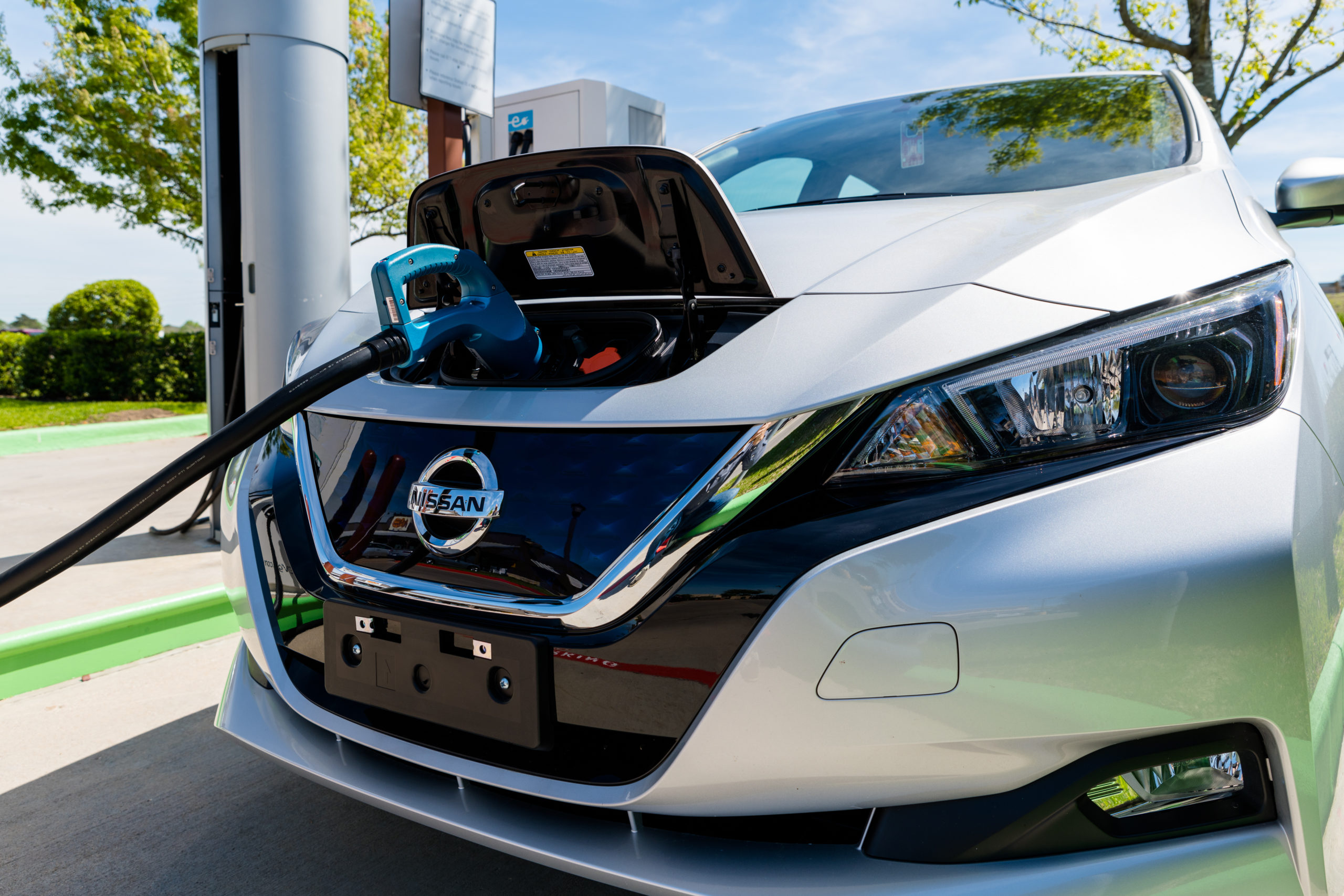Nissan‘s first mass market electric car, and really the world’s first mass market electric car, just turned 10 years old last year. The Leaf brought the concept of electric driving mainstream and is a favoriteamongt enthusiasts.
The current generation Leaf is a good car. It’s reasonably fun to drive, it’s quick enough, and it has good comfort and infotainment technology. It can even be had with Nissan’s excellent ProPilot Assist tech, which arguably does a better job than Tesla‘s standard Autopilot setup.
But is the Nissan Leaf not long for this world?
First, let’s look at the segment. Sedan and hatchback sales have been dropping for years in favor of compact crossovers and SUVs. Even the popular Tesla Model 3 was a stopgap until Elon and company could get the Model Y out the door.
Worse, there is a Nissan electric crossover coming. It’s called the Ariya, and it’ll be a fascinating piece of kit when it goes on sale.
There’s no reason why Nissan couldn’t sell the Leaf and the Ariya side-by-side in showrooms, but depending on how the Ariya is priced there might not be a huge incentive to stick with the Leaf.
The Leaf, though, would need a technical overhaul to remain competitive. While it’s OK for now, it’s being left behind in the areas of battery tech and charging speed.
CHARGING TIME: How long does it take to charge a Nissan Leaf?
First off, there’s no reason to expect Nissan to use a CHAdeMO charging port on the Ariya. While it can, supposedly, charge a peak of 100 kW on the Leaf, good luck at finding a station that’ll deliver more than 50 kW. That’s also peak. A CCS charger is just more versatile.
Additionally, without active thermal management of the battery pack, fast charging degrades quickly. With one DC fast charge, apparently the car will let you charge as fast as reasonably possible, but if you fast charge again on the same trip, you’ll lose most of your fast charging speed.

Most people aren’t taking road trips in their EVs, but it’ll become more common as EVs become more common, and fast charging is more important than overall range in our opinion.
To add active thermal management and to charge the charging method of the vehicle, it’d require a complete platform change.
It could be built atop the Ariya platform, conceivably, but again what’s the point? Sales in the U.S. for Leaf at the end of the 3rd-quarter were down 46% calendar year to date.
There are two ways we can possibly see it surviving another generation. One is global sales. Though markets like Europe and Asia aren’t exactly anti-crossover these days.
EV 101: What is Nissan’s e-Pedal system?
The other way is nostalgia. The Leaf was a pioneer in the electric vehicle space, and Nissan likes to keep around iconic nameplates. That’s part of the reason why you see the Z still in showrooms, and why Nissan keeps continuously giving small updates to the GT-R.
So it might not be dead, but if Nissan decided to pull the plug we wouldn’t be surprised. Ariya will be the new hotness, and the first product from the company aligned with consumer buying habits in 2021.
There’s no guarantee it’ll be a success, and we surely don’t know the specifications of the vehicle, but if they go the way we think they will, it’ll make the current Leaf obsolete.

